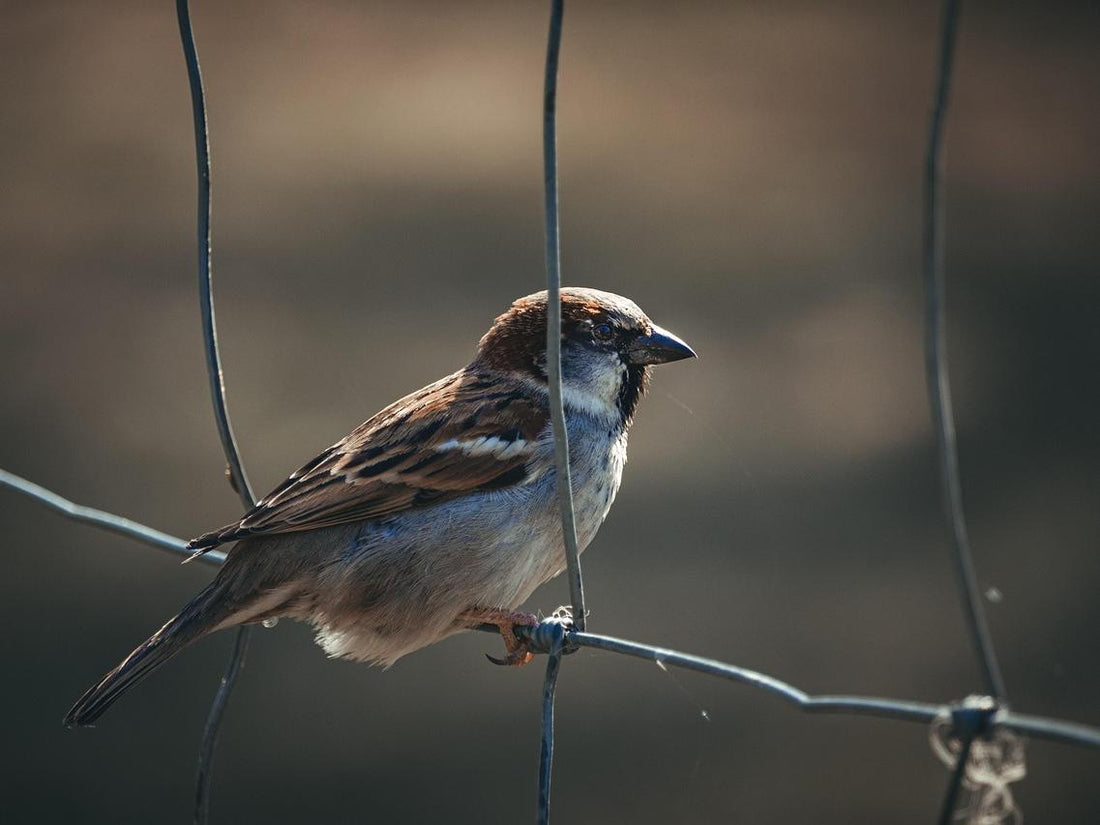Why Birds Hit Windows: Revealing the Threat of Glass to Birds
TaylorAlice
With a "thud," a little bird hits the glass of a home or office building and falls to the ground, unconscious. At first glance, this phenomenon may seem somewhat comical, but in fact, it is a serious survival threat currently faced by wild birds.
This article aims to raise people's awareness of bird ecology protection by making them understand the relationship between birds and glass and providing solutions.
Can Birds See Glass?
In fact, birds cannot clearly see glass. Humans have only recently begun to use glass widely. People learn what glass is from a young age. However, as "natives" living on Earth for tens of millions of years, birds have no concept of glass at all.
So they often fly straight into glass, and such strong impacts often lead to their death. Even if some lucky birds survive, they will still have varying degrees of injuries, such as corneal ulcers, head swelling, and beak fractures, which are very difficult to recover from.
This phenomenon reaches its peak during the bird migration and breeding seasons.

During the breeding season, when a large number of migratory birds arrive in unfamiliar urban environments, exhausted and hungry, they are more likely to collide with buildings. Additionally, during the breeding season, birds' activity ranges increase, and many newly hatched chicks are still inexperienced in flight, further increasing the risk of colliding with glass.
According to statistics, in Canada, the number of birds killed by collisions with glass each year is as high as 16 to 42 million. In the United States, this number may be as astonishing as 365 to 988 million. Such figures make bird collisions the second leading cause of bird deaths due to human activities in North America.
Why Do Birds Collide With Glass?
The main culprits behind this tragic event are the reflection and transparency of glass.

Reflection of glass:
During the day, glass naturally reflects the scenes outside, which are usually lush trees, clear skies, etc. Birds mistakenly believe that the locations on the glass are accessible and thus fly directly towards them.
Transparency of glass:
Another situation is that birds see the space on the other side through the glass and mistakenly think they can pass through it.
Sensory characteristics of birds:
Birds' eyes are located on the sides of their heads, so their field of vision is actually quite narrow. They can see better to the sides than straight ahead. During flight, birds often need to turn their heads or look back to avoid predators and search for prey. As a result, their vision resolution in the direction of flight is relatively low, making it difficult for them to effectively detect obstacles ahead.
How To Prevent Birds
What can we do to help birds avoid these glass surfaces?

Install special textures or patterns on the glass
This is a relatively common method nowadays. By applying special textures or patterns, the glass becomes less transparent, allowing birds to easily notice it.
Use alternative materials
Some urban architects also increase risk assessments for glass facades, avoiding the construction of tall buildings along bird migration routes. In material selection, they avoid using highly transparent glass to reduce reflections.
Enhance public education
People should be aware of the harm that glass facades cause to birds, awakening their conservation awareness and encouraging them to take active measures to protect biodiversity.
Conclusion
Glass windows are an invisible killer of birds, which is not only an ecological issue but also an urgent humanitarian problem to be solved. Fortunately, we are not powerless. We can take measures to prevent or reduce the risk of birds colliding with glass windows.
As long as we have the will and take action, we can contribute to the protection of birds and nature. Let's act together!
